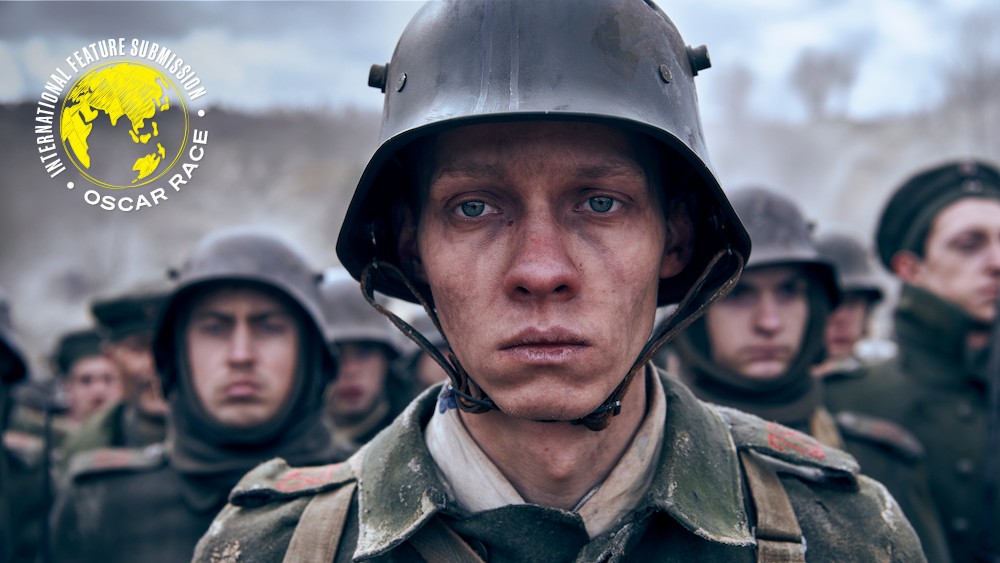When it comes to war movies, few have left as indelible a mark on cinema history as “All Quiet on the Western Front.” This cinematic masterpiece, directed by Lewis Milestone and released in 1930, continues to captivate audiences with its timeless portrayal of the harsh realities of World War I. In this review, we delve into the depths of this classic film, exploring its themes, performances, and enduring relevance.
All Quiet on the Western Front Story
In the trenches of World War I, we follow the journey of Paul Bäumer, a young German soldier played by Lew Ayres. Through Paul’s eyes, we witness the brutal horrors of war, from the relentless shelling to the camaraderie among soldiers. The film adeptly captures the emotional toll that war exacts on those who endure it, as Paul and his comrades grapple with fear, loss, and the disillusionment that accompanies the battlefield.
Themes Explored
The Futility of War
One of the central themes of “All Quiet on the Western Front” is the futility of war. Through poignant scenes and thought-provoking dialogues, the movie drives home the message that war, ultimately, brings nothing but devastation. It paints a grim picture of how the youth of a generation were sacrificed in the name of patriotism and nationalistic fervor.
The Bond of Brotherhood
Amid the chaos and destruction, the film also highlights the strong bond of brotherhood that forms among soldiers. These men, facing death together, forge deep connections that transcend nationality and ideology. This theme underscores the idea that, in the midst of war, humanity can still shine through.
Stellar Performances
Lew Ayres delivers a stellar performance as Paul Bäumer. His portrayal of a young, idealistic soldier transformed by the horrors of war is both moving and convincing. Ayres’ ability to convey the character’s inner turmoil adds depth to the narrative.
The supporting cast also shines, with each actor bringing authenticity to their respective roles. The ensemble cast effectively captures the diversity of personalities and backgrounds among the soldiers, making the film’s characters relatable and engaging.
Cinematic Excellence
“All Quiet on the Western Front” is a triumph of cinematic excellence. The direction by Lewis Milestone is masterful, with groundbreaking techniques that brought the war to life on the silver screen. The use of realistic battle sequences and innovative camera work was revolutionary for its time and continues to impress modern audiences.
Relevance Today
Nearly a century after its release, “All Quiet on the Western Front” remains a relevant and powerful commentary on the human cost of war. Its exploration of the psychological and emotional toll of combat continues to resonate with viewers, making it a must-watch for anyone interested in the complexities of war and its impact on individuals and society.
Final Words, “All Quiet on the Western Front” is a cinematic masterpiece that stands the test of time. Its exploration of war’s futility, the bonds of brotherhood, and the enduring impact on those who serve is as relevant today as it was when it was first released. If you’re looking for a thought-provoking and emotionally charged film experience, this classic should be at the top of your watchlist.


